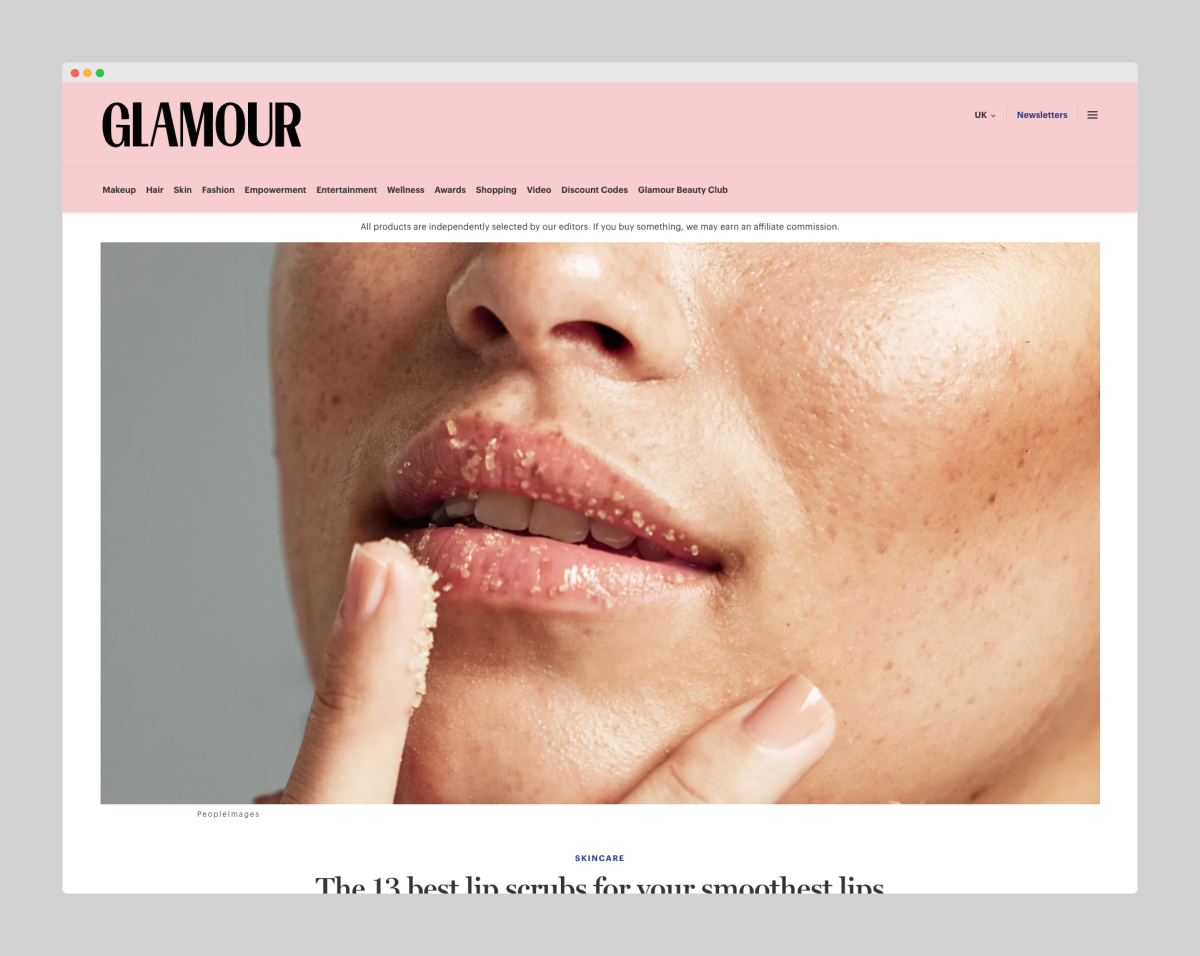What are polynucleotides?
They’re bio stimulators, which means they kick-start regeneration in the skin. Isn’t that what all the HA-based skin boosters do? ‘Yes, but rather than just providing hydration, polynucleotides are more like food or medicine for the cells, to make them produce collagen and elastin in a more meaningful way, and they also improve the extracellular matrix [the layer of the skin in which the fibroblasts live] and they’re anti-inflammatory, too.
How do polynucleotides work in the skin?
‘They target the fibroblasts and promote hydration of the skin, and collagen synthesis,’ says Professor Syed Haq, lecturing on a new polynucleotide product at a recent aesthetic conference, ‘and they also increase the number of fibroblasts.’ At the same time, they scavenge up free radicals [unstable molecules which accelerate ageing processes in the skin] and help build up the extra-cellular matrix.
What are polynucleotides good for?
All that collagen-boosting, extra hydration and elasticity means you can think of polynucleotides as a super-charged injectable moisture treatment. ‘They can be a preventative treatment for younger skin, or a recovery treatment for ageing skin,’ advises Professor Haq.
Polynucleotides can be used to counteract dark circles under the eyes and to strengthen the thin delicate skin around the mouth. ‘The products are injected very superficially, and the procedures are incredibly quick and painless.
It is particularly useful for patients who aren’t suitable for tear trough filler, or who might have a tendency to go puffy if treated with hyaluronic-acid-based products.
marked improvement in the appearance of tear troughs (the hollow groove between the under eye and cheek), dark circles, sagging skin, acne scars, pigmentation, rosacea, dullness and hair density.
What can you expect to see after polynucleotide injections?
In a nutshell, reduced wrinkling and crepiness and an improvement in skin tone and hydration. PhilArt, the product that Professor Haq is working with, is good for bringing down inflammation in the skin, which can reduce the redness of rosacea for months at a time. They’re also useful for improving skin condition ahead of energy-based treatments like laser or ultrasound.
In addition,
marked improvement in the appearance of tear troughs (the hollow groove between the under eye and cheek), dark circles, sagging skin, acne scars, pigmentation, dullness and hair density.
( Info taken from Tweakment Guide by Alice Hart-Davis )
For more information and to book a consultation please use the link below.


